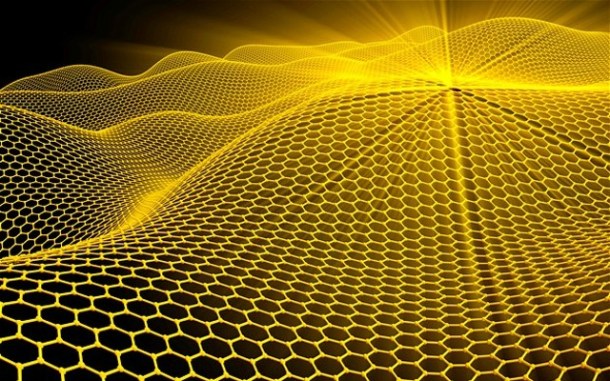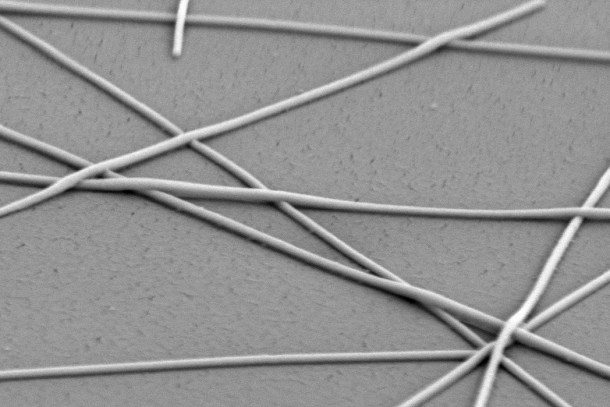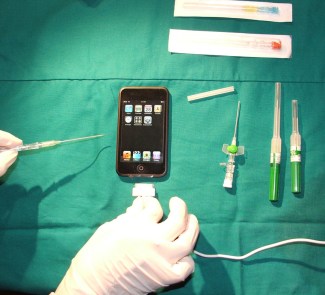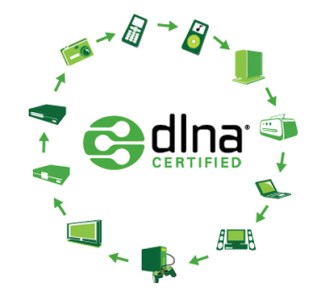Governments, companies and universities around the world are competing in the field of science and technology to research, produce and search for applications for nanomaterials and their impressive list of properties.
Nanotechnology is ready to completely revolutionise our lives, and despite the fact that its future implications have been under debate for the last two decades, little by little that future is starting to arrive. As with many other types of technology and innovation, even today nanotechnology causes alarm in terms of its potential impact on the environment or the economy.
The production of nanomaterials is one of the areas that has sparked the keenest interest in recent years. The study and manipulation of matter at the atomic level has made it possible to develop materials, devices, and structures in the range of 1 to 100 nanometres.
These concepts were described more than 40 years ago by physicist Richard Feynman, who explained that there was no physical impediment preventing materials from being fabricated by manipulating their individual atoms. Strangely enough, there are indications that humans have been using nanomaterials for hundreds of years; for example the ruby colour of some crystals is caused by nanoparticles of gold that get trapped in the crystal matrix.
The applications of nanomaterials are limitless as far as we know, with the possibility to generate significant advances in the fields of medicine, electronics, computing, food, etc. The research related to its use has also experienced a significant increase in economic support from both private and governmental sources in recent years.
The enormous variety of nanomaterials is incredible, and their range of properties and applications appears to be almost endless. The development of extraordinarily small electronic devices, which could once and for all let us forget about Moore’s Law and its concerns regarding the impossibility of eternally shrinking integrated circuits, could become reality thanks to nanotechnology.

Graphene and carbon nanotubes
For some time now, Graphene has been billed as a candidate to replace silicon as the material in the manufacture of integrated circuits. Graphene could be used to manufacture smaller and more powerful devices. High-quality graphene is strong, lightweight, almost transparent and is an excellent conductor of heat and electricity. Graphene is much harder than steel, almost as hard as diamond, is able to cool and repair itself, hardly heats up when carrying current and consumes less energy than silicon.
Carbon nanotubes are cylinders of one or more layers of graphene, with diameters ranging from 0.8 nm to 20 nm. Already in 2013, production of carbon nanotubes exceeded several thousand tonnes a year. These are used for different purposes such as energy storage, automotive parts, sports materials, water filters, thin electronic materials, coatings, electromagnetic fields and more. Most of the research that is currently being done in the industry is aimed at the use of these materials and their integration into electronic devices.

Bigger flexible displays
3M recently announced that it will start selling flexible transparent sheets with conductive properties, made of silver nanocables for use in touchscreens. Over time, this could result in broader acceptance for other types of larger displays. And in the future, these flexible sheets could be used to make foldable electronic devices.
Because of the materials that are currently used to manufacture touchscreens, the size and design possibilities are limited because the electrical signal must travel from where the display is touched to the edge of the screen where it is collected. If the signal has to go too far, it becomes very weak and the screen is not sensitive enough. In the flexible sheets, on the other hand, the nanocables can be spread out over a larger and almost empty surface and still be highly conductive. In addition to this, they can be applied on sheets of plastic, like the plastic of a water bottle, instead of just glass.









